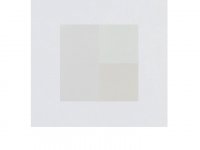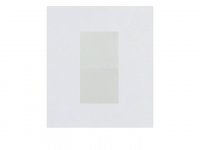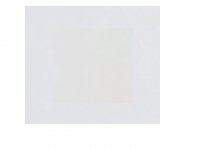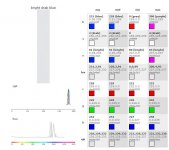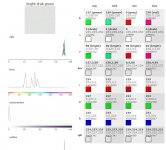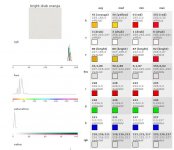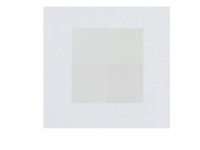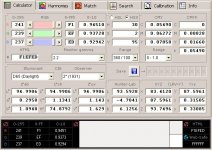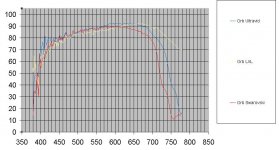henry link
Well-known member
Ron and Ed have done some amazing work with the raw images from my first efforts at this test. Without their analyses I wouldn’t have understood the need for very careful control over the angle of light, evenness of illumination and the exact position of the crops. I have no ability to generate the numbers and charts they can do, so I am concentrating on trying to achieve better reliability and consistency in the original test photos. I continue to hope this test can provide a simple and direct way to make a visual comparison of binocular color bias and light transmission that the eye will instantly recognize, just like comparing paint swatches. The color part seems to be pretty easy, but light transmission accuracy and consistency are hard to achieve. It’s a continuing process. I’ve thought of a few refinements since I made the images in the photos below, but I’m going ahead and posting them as examples of the best efforts to date.
I made a trip to a dealer who is very tolerant of my geeky testing and stocks some models of the (so called) alpha brand binoculars. They allowed me to set up a test in the parking lot. It had to be in direct sunlight, but I’ve tried my best to produce evenly illuminated crops of the same area of the paper in each binocular. In every binocular’s color swatch I had to crop out a bright upper left corner, so I suspect the main culprit in unevenness was a spot of glare on the paper itself, which was imperceptible to the eye.
The left image shows a comparison of four binoculars: Leica 8x42 Ultravid (upper left), Zeiss 7x42 FL (upper right), Nikon 8x42 LX-L (lower right) and Swarovski 8.5x42 EL.
The right image shows a comparison of a Zeiss 7x42 FL (top) and a Zeiss 8x32 FL. I thought that one would be interesting since the optical design and coatings of those two are nearly identical except that the 7x42 uses an Abbe-Koenig prism and the 8x32 a Schmidt-Pechan.
Naturally I have my own opinions about what I see in the images, but I would be very interested to hear what others see in them first (and of course inscrutable charts and numbers from Ron and Ed will be most welcome also).
I made a trip to a dealer who is very tolerant of my geeky testing and stocks some models of the (so called) alpha brand binoculars. They allowed me to set up a test in the parking lot. It had to be in direct sunlight, but I’ve tried my best to produce evenly illuminated crops of the same area of the paper in each binocular. In every binocular’s color swatch I had to crop out a bright upper left corner, so I suspect the main culprit in unevenness was a spot of glare on the paper itself, which was imperceptible to the eye.
The left image shows a comparison of four binoculars: Leica 8x42 Ultravid (upper left), Zeiss 7x42 FL (upper right), Nikon 8x42 LX-L (lower right) and Swarovski 8.5x42 EL.
The right image shows a comparison of a Zeiss 7x42 FL (top) and a Zeiss 8x32 FL. I thought that one would be interesting since the optical design and coatings of those two are nearly identical except that the 7x42 uses an Abbe-Koenig prism and the 8x32 a Schmidt-Pechan.
Naturally I have my own opinions about what I see in the images, but I would be very interested to hear what others see in them first (and of course inscrutable charts and numbers from Ron and Ed will be most welcome also).




